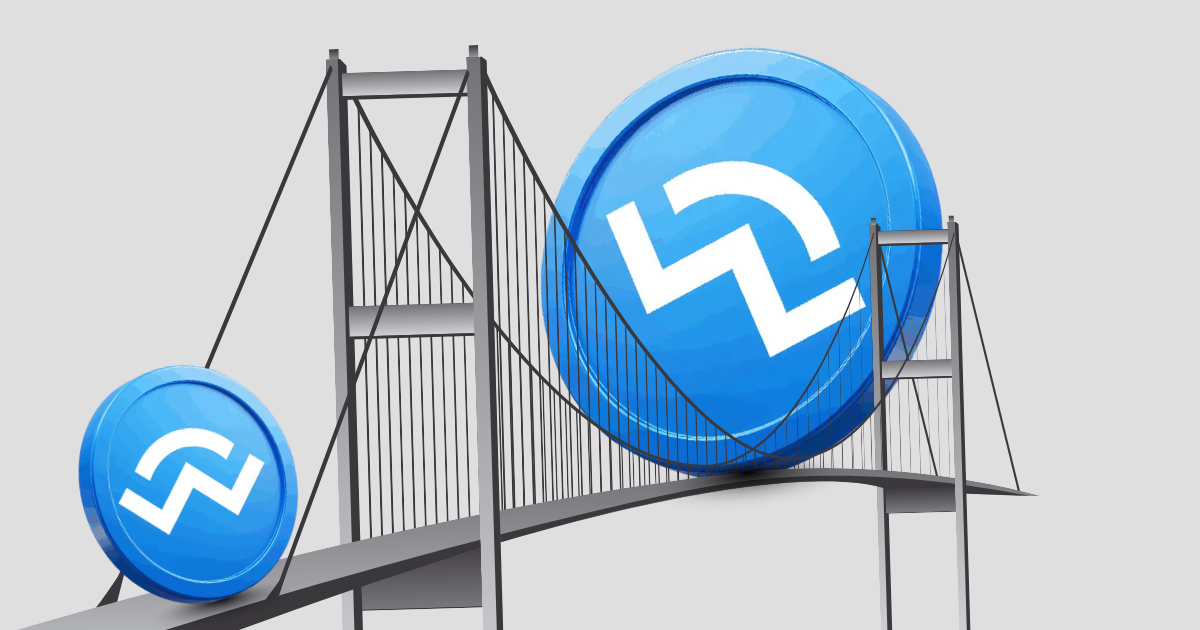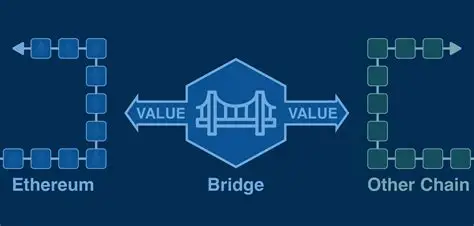
In Web3, one of the major challenges has been interoperability, which refers to the ability for different blockchain networks to communicate, share data, and transfer assets. Each blockchain, whether it’s Ethereum, Binance Smart Chain, Solana, or Polkadot, operates as a largely self-contained ecosystem with its own consensus rules, tokens, and smart contracts. While this independence ensures security and decentralization, it also creates silos. Users and developers are often limited to interacting with applications within a single blockchain network, which can restrict liquidity, limit access to decentralized finance (DeFi) opportunities, and create inefficiencies.
This is where bridges come in. A bridge in Web3 is a protocol or system that allows assets, data, and even smart contract calls to move between different blockchains. Bridges are essentially the “cross-chain highways” of the decentralized world, enabling users to take advantage of opportunities across multiple ecosystems without selling or converting their tokens manually.

At a high level, bridges operate using a lock-and-mint mechanism. When a user wants to move tokens from one blockchain (source chain) to another (destination chain), the bridge locks the original tokens in a secure smart contract on the source chain. Simultaneously, the bridge mints a pegged representation of the token on the destination chain. This ensures that the total supply of the asset remains constant and prevents the risk of double-spending. When the user wants to move the tokens back, the bridged tokens are burned on the destination chain, and the original tokens are released from the lock on the source chain.

Bridges can be trusted or trustless:
Bridges unlock a variety of possibilities in Web3:

While bridges are essential for the growth of Web3, they are not without risks:
Bridges enable cross-chain asset movement and interoperability between previously isolated networks. Combined with secure wallet protocols like WalletConnect, users can safely transfer tokens, interact with multi-chain dApps, and participate in cross-chain DeFi and NFT ecosystems. While bridges are powerful, users should remain aware of risks and use audited, trusted solutions. For beginners, understanding how bridges work alongside WalletConnect provides a kickstart to exploring the multi-chain ecosystem.